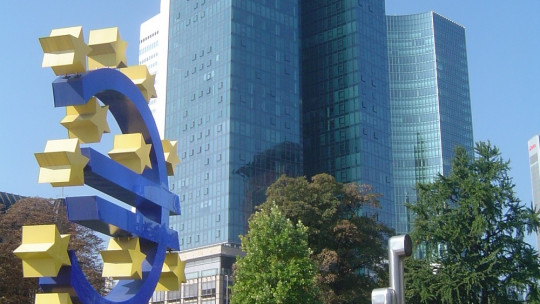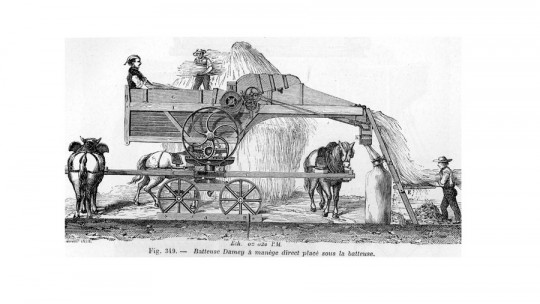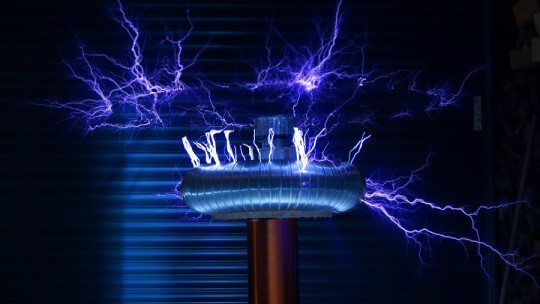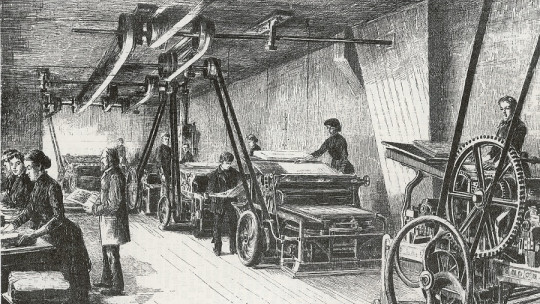
Without understanding what the Industrial Revolution was, we cannot understand today, since it marked the path of manufacturing and technological progress that shaped our modern world. Many factors came together in the emergence of the Industrial Revolution: from the agricultural decisions carried out since the 17th century, to the social changes produced by the political revolutions of the early 19th century, which deeply marked society and prepared it for rapid changes. and incessant.
In this article we will see what the so-called Industrial Revolution is and what were its main characteristics.
What is the Industrial Revolution?
We call Industrial Revolution to the rapid changes experienced by the European economy and production system. These increasingly accelerated changes are characterized, broadly speaking, by a notable increase in production (never seen until then), motivated by the improvement of techniques and machinery and which had an impact, in turn, on the configuration of modern society.
The Industrial Revolution had several stages, which we will analyze later. The first of them, which occurred at the end of the 18th century and beginning of the 19th century, had England as its main focus, and from there it spread to the rest of Europe. Why was England the scene of these changes?
The birth of enclosures
Until the end of the 16th century, the so-called common lands or lands existed in England. open fields, extensions of countryside that belonged to no one or, rather, belonged to everyone. Decisions about the cultivation of these lands, therefore, concerned the group of neighbors who used them.
The open fields They had the important advantage of satisfying a large number of people and, in addition, they were used for emergency crops and pastures that prevented more than one famine. However, precisely their communal property meant that no one had much interest in exploiting them and extracting their maximum benefit from them. The situation changed with the promulgation, in the 17th century, of the Enclosure Actsa series of provisions that required the closure of these communal lands through walling (hence its name, enclosures) and its sale at public auction. Obviously, the only ones who had enough money to gain exclusive ownership of these lands belonged to the small agrarian nobility, the gentry, who in a short time took effective ownership of all the old open fields.
The result of this capitalization of the land was that its new owners dedicated effort and money to making the properties as profitable as possible Thus, they invested in new machinery that would increase production, and they became interested in new agricultural methods. One of the main innovations was the “Norfolk System”, which eliminated fallow (that is, the fallow time of a given plot) to increase the productivity of the land. With this system, the land that had to rest was used as pasture, which did not reduce production and allowed, through the animals’ feces, the land to be revitalized and ready for the next production.
Lights and shadows
The greater agricultural exploitation that led to the agrarian reform of the 17th century inevitably led to economic progress that placed England at the head of Europe. The land began to produce surpluses, which were exported to other countries. On the other hand, due to the massive appearance of machines that helped in agricultural work, the rural population was forced to emigrate to the cities, which meant an increase in the factory workforce, which in turn had an impact on the proliferation of factories and a considerable increase in production.
However, not everything was bright in this first Industrial Revolution. Precisely, The mass arrival of workers to large cities resulted in unprecedented overcrowding ; Slum neighborhoods began to appear, such as London’s famous West End, riddled with poverty, alcoholism and prostitution. The living conditions of the workers were often subhuman, and diseases spread very easily among the malnourished population that lived in unhealthy apartments. The waters of the Thames, plagued by putrid miasmas, did not help to improve hygiene. That was the other side of the “joyful” and hopeful English Industrial Revolution.
The various industrial revolutions
As we have already mentioned, the Industrial Revolution was not something compact. Its evolution spanned several centuries (from the 18th to the 20th, and, according to some historians, until the 21st), in which historians mainly distinguish 3 stages. Let’s see them.
1. First Industrial Revolution (late 18th century – mid 19th century)
It is characterized by having begun in the field of agriculture (the so-called Green Revolution). Starting in the second half of the 18th century, a series of technological advances occurred that allowed greater productivity in the field; These advances allow, in turn, that less and less labor is needed and, of course, there is no dependence on animal draft, so necessary until then. Thus, the appearance of improved mowers and threshers, as well as the aforementioned Norfolk System, allowed the take-off of the field as the main focus of productivity
Around the same time, textile production centers experienced unprecedented automation. The main factor is the improvement that James Watt made of the steam engine, which at the end of the 18th century emerged as an indispensable machine for the entire industrial process. Although the device had been known for a long time, it was Watt who perfected its mechanism to adapt it to the productive takeoff of the moment. Watt added a condenser separate from the working cylinder, which prevented heat reduction in the cylinder and therefore reduced coal consumption.
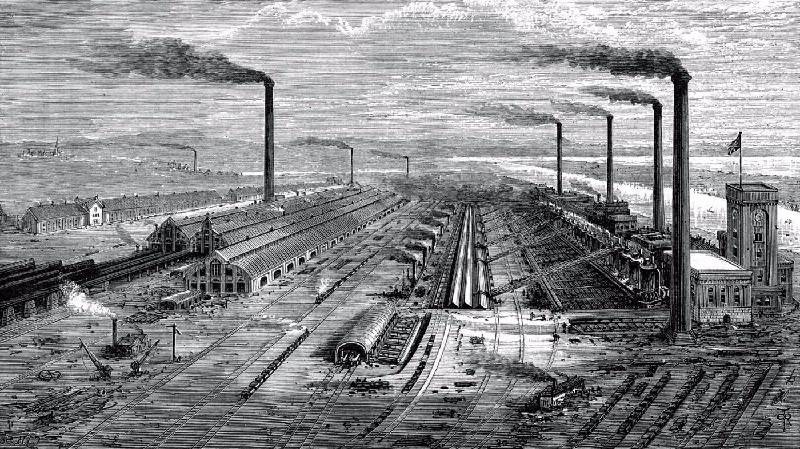
Watt’s contributions to the steam engine did not stop there; In 1781 he included the planetary gear, and in 1782 the double-acting cylinder. All these innovations led to the improvement of the steam engine and its use in various types of industries. James Watt’s steam engine was of capital importance in the entire industrial process ; not only at the manufacturing level, but also in the field of transportation and communications. If it had not been for the improvement of the machine, an element as important as the railway would not have appeared, which allowed unprecedented speed when transporting goods and passengers, which benefited commerce and consumption.
2. Second Industrial Revolution (second half of the 19th century – Second World War)
This second revolution is led by two essential elements: electricity and oil, and the appearance of machinery that uses these resources as a source of energy In the case of oil, the combustion engine was invented, crucial for the development of the automobile industry.
The factories also change their orientation: after the rise of the textile and steel industries, characteristics of the First Industrial Revolution, the chemical and food industries appear, responsible for pharmaceuticals and canned foods, among others.
On the other hand, it is necessary to highlight the importance of ideological currents such as anarchism, which will see its zenith during these last years of the 19th century and the first years of the 20th. Anarchism is closely related to the world of the factory and to the precarious life of workers, who do not see their situation improving with the increase in production and the development of the economy. These are the years of strikes and workers’ demonstrations; a turbulent time that will give rise to the eight-hour day and the improvement of workers’ conditions.
3. Third Industrial Revolution or Technological Revolution (from the end of the Second World War to the present day)
Finally, we find the Third Industrial Revolution, named by sociologist Jeremy Rifkin at the beginning of the 21st century. This last phase of the industrial revolution, also known as the Technological Revolution, It is based above all on the world of networks and smart devices (computers, mobile phones, smartTV, tablets…), as well as the rise of renewable energies and the development of responsibility towards the environment.


